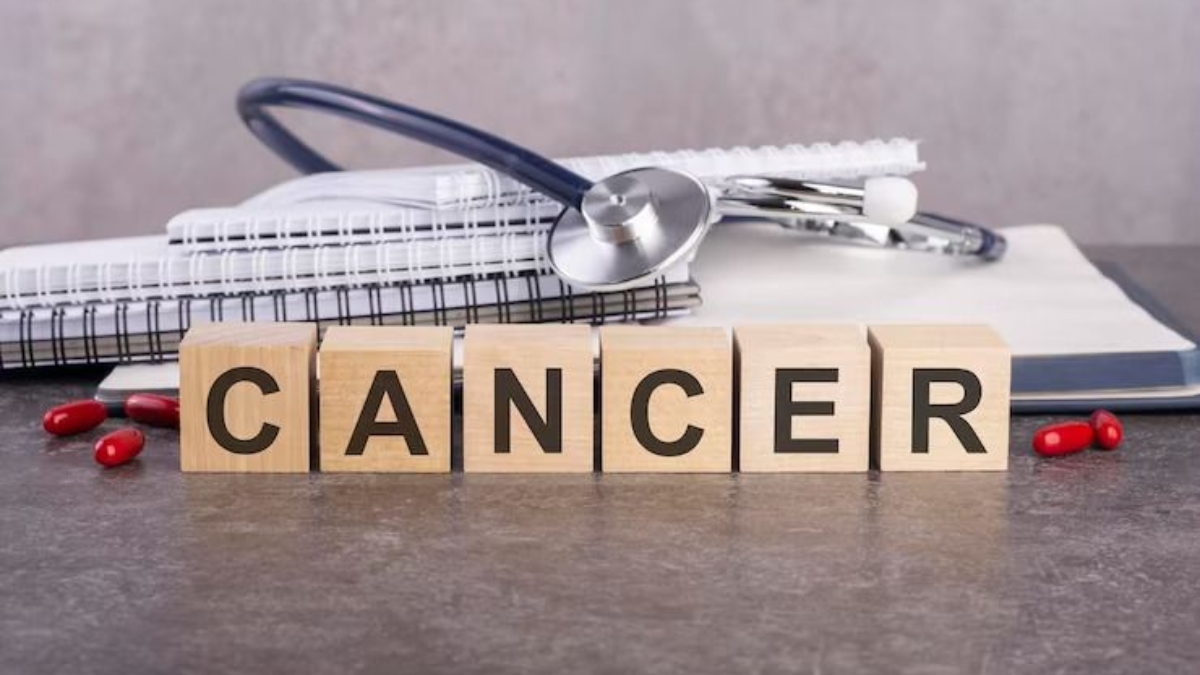
A newly published study by the National Institutes of Health (NIH) has brought to light a troubling trend: cancer incidence rates among Americans under the age of 50 are on the rise. Spanning nearly a decade of data, the research outlines which cancers are increasingly affecting younger populations and what factors might be driving this shift.
Table of Content:-
Young Adults Facing New Cancer Burden
The study, featured in the journal Cancer Discovery, examined cancer trends from 2010 to 2019, using extensive data from the U.S. Centers for Disease Control and Prevention (CDC) and national mortality statistics through 2022. Researchers looked at 33 different types of cancer and found that 14 of them showed rising incidence rates among at least one age group under 50.

These increases aren't limited to obscure cancers—some of the most common types, including female breast, colorectal, kidney, and uterine cancers, are seeing a significant uptick in diagnoses among younger Americans. For instance, female breast cancer showed the sharpest increase, with an estimated 4,800 more cases in 2019 than projected based on data from 2010.
Also Read: Equine Virus Outbreak Hits Kedarnath: Over 1,000 Animals Quarantined As Emergency Vet Teams Deployed
Not Just A Statistical Fluke
"This study provides a starting point for understanding which cancers are increasing among individuals under age 50," said Dr. Meredith Shiels, the study’s lead author and an investigator at the NIH’s National Cancer Institute. According to Dr. Shiels, these findings point to a larger and potentially more complex problem.
The causes behind the increase are likely multifactorial. Some are cancer-specific, meaning they may be linked to particular behaviours, exposures, or biological changes in younger age groups. Others may relate to evolving practices in medical diagnostics, such as improved imaging technologies or changes in how cancers are classified.
Also Read: HIV Rates Climb Among Older Adults, But Prevention Still Targets The Young, Study Finds
Obesity, Lifestyle, and Screening Play a Role
One of the suspected drivers behind the surge in early-onset cancers is the rising prevalence of obesity in the United States. Obesity is a well-documented risk factor for several types of cancer, including colorectal, kidney, and uterine cancers, which were among those noted to have rising incidence in the study.

Additionally, changes in cancer screening protocols may also be contributing to the shift. With increasing awareness and better surveillance of at-risk populations, certain cancers are being detected earlier than in previous decades. While early detection is generally positive, it also partially explains why more cancers are being diagnosed in younger individuals.
Not All Cancers Are Increasing
The report offers a nuanced view, noting that while 14 cancer types showed a rise in incidence among younger people, 19 others—including lung and prostate cancers—saw a decline. As a result, the overall cancer incidence rate in the U.S. has remained relatively stable in the last decade.
Mortality rates from cancer have also not seen a dramatic rise, suggesting that improved treatment protocols and earlier diagnoses might be improving patient outcomes despite the higher number of cases.
The Path Forward
As the medical community works to understand these shifting patterns, the findings underscore the need for ongoing public health surveillance and cancer prevention strategies. Encouraging healthier lifestyle choices—like maintaining a balanced diet, engaging in regular exercise, and avoiding tobacco—remains central to reducing cancer risk.

Moreover, researchers are calling for more studies to explore genetic, environmental, and lifestyle factors that could be contributing to this trend. For now, the study serves as a wake-up call: cancer is no longer a disease that only strikes older adults, and the younger population is increasingly vulnerable.
Bottomline
The rise in cancer incidence among people under 50 in the U.S. is a pressing public health concern. While factors such as obesity, lifestyle changes, and enhanced diagnostics may be behind the increase, the trend highlights the importance of proactive healthcare and early screening, even for younger adults.
Also watch this video
How we keep this article up to date:
We work with experts and keep a close eye on the latest in health and wellness. Whenever there is a new research or helpful information, we update our articles with accurate and useful advice.
Current Version